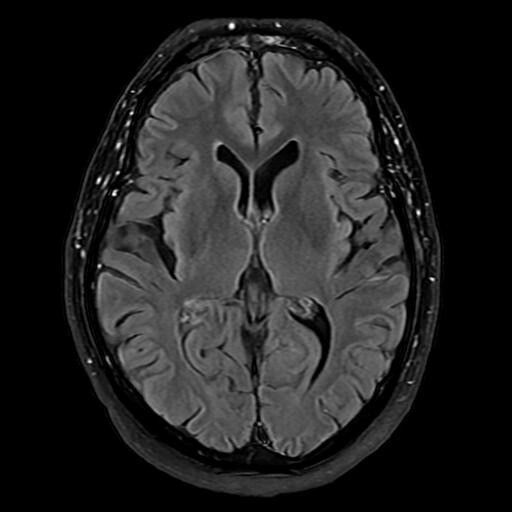I recommend Collective Minds to colleagues. I recommend the platform on Instagram, LinkedIn and Facebook. “You have to try Collective Minds”, I say. ”It is so user-friendly, so close to your own PACS”. “Create an account, check it out”.
But WHY? Why should my colleague try Collective Minds? What is the idea behind a platform like CMRAD?
Probably many perspectives could be discussed, but for me, there is one major reason: “Pattern recognition”!
As a radiologist, you can not understand an image, a sequence, or a scan without a lot of background information. Your brain has to be filled up with information about physics, pathology, anatomy, etiology, probability, algorithms of decision making, and visual processing of the input into your brain. Your report is a result of an extremely complex process that we actually do not understand too well, regarding the complexity of processes when interpreting an image.
But what is absolutely evident is that you have to rely on pattern recognition. That means that you recognize something that you have seen before, read about, or been explained. And the more experience you have, the better, faster, and more accurate will your diagnosis be.
Collective Minds, is a collection of patterns. Or cases. The more you see, the easier to recognize. And you will not be able to see all those rare cases at work. How many cases of Gout can you find in 1 month in your local hospital? Usually not too many. But at the CMRAD platform, you can find them and train your pattern recognition for the next local case of Gout. This i what it is all about: “Have I seen something like this before?” And the collective society of minds sharing at CMRAD will help you with that.
What other reasons could there be for using the platform?
- To ask for help. Colleagues are eager to help. If you do not recognize the pattern, someone else most likely will.
- To show off. A nice case is inspiring for those who train their pattern recognition.
- To display something spectacular. Did you find the largest cyst you have ever seen? Or the rarest case of mitochondrial disease? Share it! Get the acknowledgment and admiration of your peers!
- To lecture. Instead of logging in and out of local pacs, folders on your computer, USB sticks and VPNs, upload your cases to a CMRAD group or collection and share them with your friends or with everyone. Use the platform in your online meeting or in the auditorium to lecture with everything under control.
These are just a few possibilities. What if we all connected? A study in Japan could be seen by me in Norway after a few minutes.
AI is all around right now. But what about the old radiologist skill: Pattern recognition, trained by peers, trained by thousands of cases, trained by the common and the rare findings. Probably the best tool there is.
Dr. Roar Pedersen, MSK Radiologist and Collective Minds Community Manager



